
📷: Sicilian landscape
https://doi:10.1111/febs.70259
The SARS-CoV-2 spike protein interacts with HAX1 to modulate cellular stress responses through activation of the UPR
https://doi:10.1111/febs.70259
The SARS-CoV-2 spike protein interacts with HAX1 to modulate cellular stress responses through activation of the UPR
www.nature.com/articles/s41...

www.nature.com/articles/s41...

Artwork by the incredibly talented @doroteaartscience.bsky.social 👇
Cover: Flexibility of #autophagy initiation
👉🏼Review on #metabolism in #embryogenesis #devbio
👉🏼Review on #DNArepair
🔬 #ribosomes #neurodevelopment #mitophagy #ferroptosis #stemcells #epigenetics #leukemia #antitumor immunity & more!
www.nature.com/ncb/volumes/...

Artwork by the incredibly talented @doroteaartscience.bsky.social 👇
👇 for @zaffagg3 's detailed explanation
www.embopress.org/doi/full/10....
👇 for @zaffagg3 's detailed explanation
www.embopress.org/doi/full/10....

www.biorxiv.org/content/10.1...
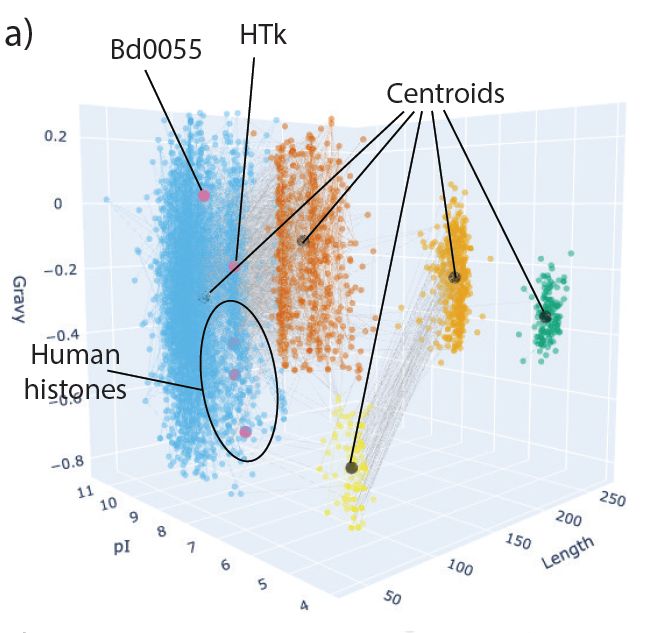
www.biorxiv.org/content/10.1...

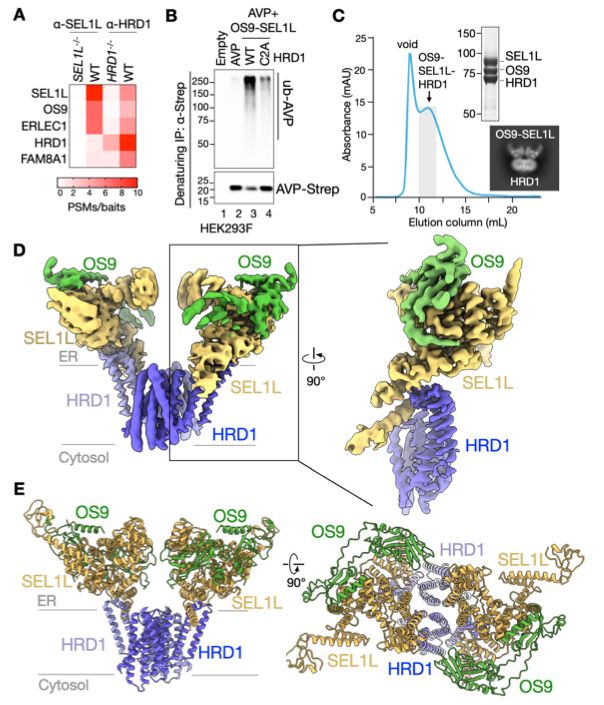
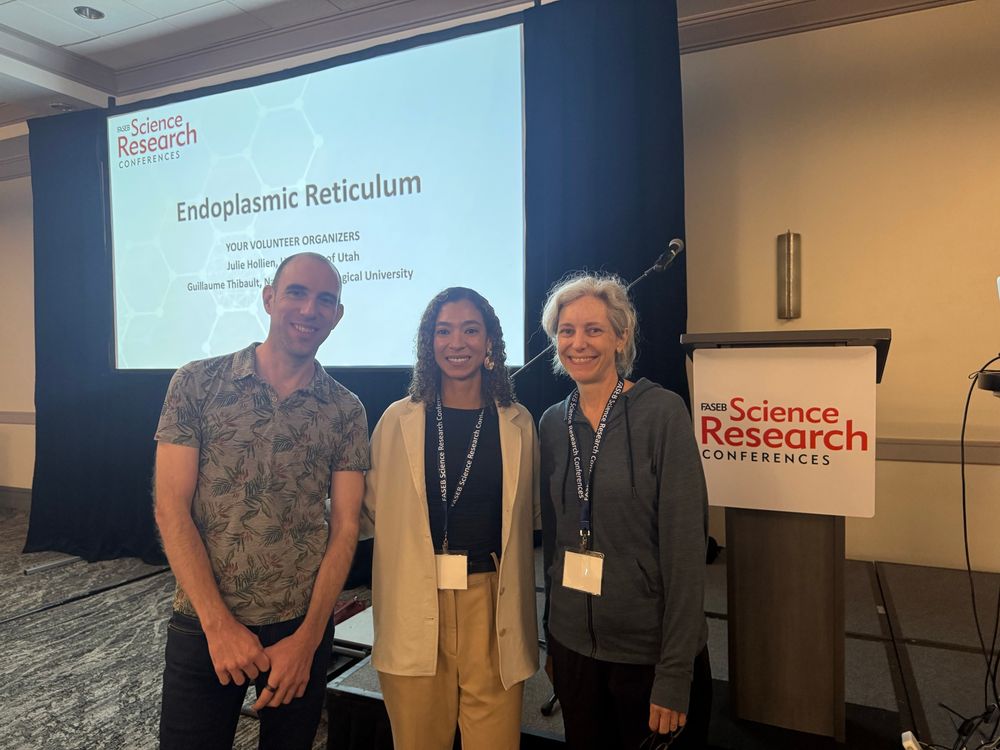
With this funding, they’ll explore cell division, gut cell communication and DNA packaging.
Read more here 👉 www.hubrecht.eu/nwo-m-grants...

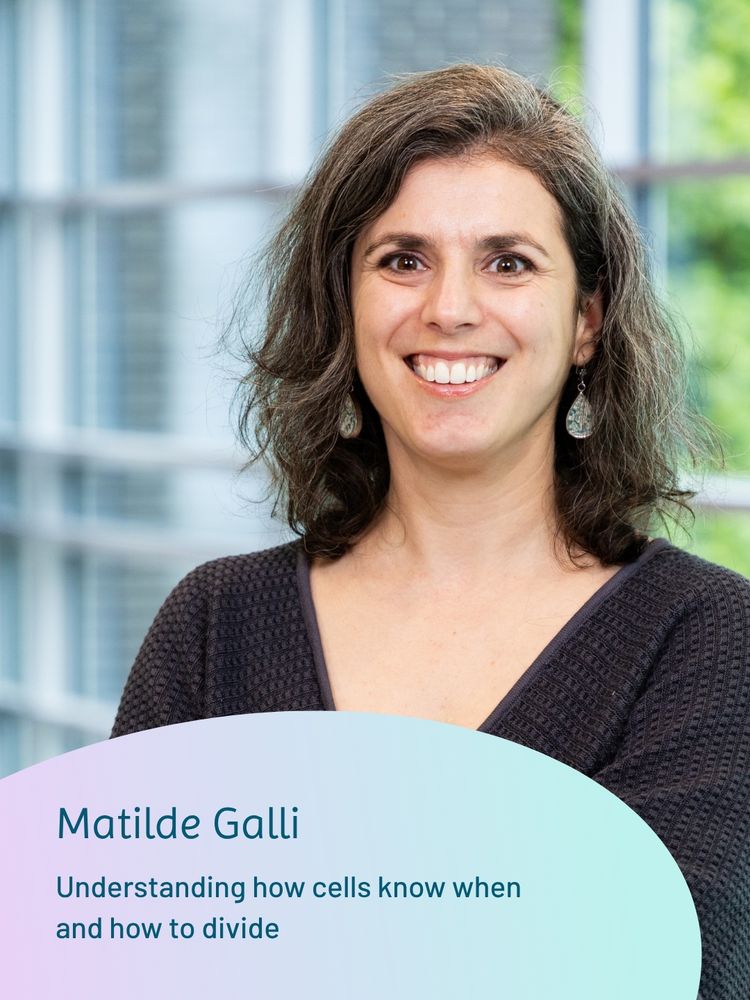


Brief Skytorial!
1/9

Brief Skytorial!
1/9
Here, we show that phosphatidic acid regulates Pex30 distribution at ER subdomains for lipid droplet biogenesis by binding to dysferlin domain.
rupress.org/jcb/article/...
Here, we show that phosphatidic acid regulates Pex30 distribution at ER subdomains for lipid droplet biogenesis by binding to dysferlin domain.
rupress.org/jcb/article/...
N-glycan-dependent protein maturation and quality control in the ER | Nature Reviews Molecular Cell Biology
www.nature.com/articles/s41...
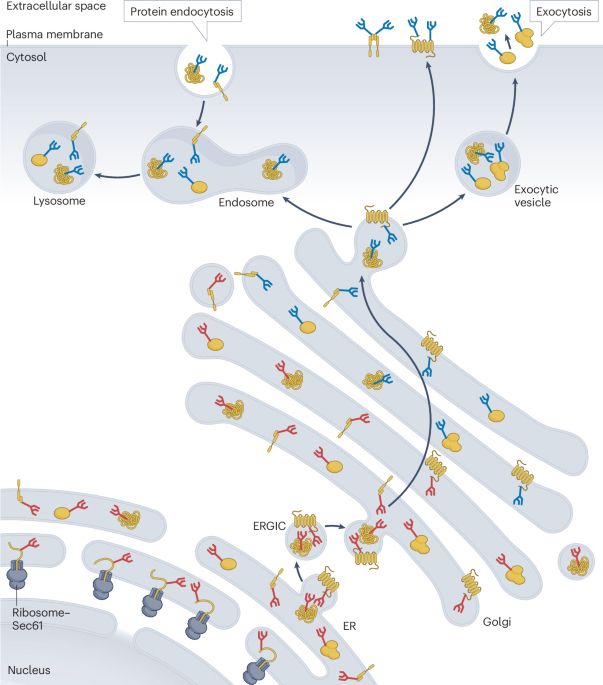
N-glycan-dependent protein maturation and quality control in the ER | Nature Reviews Molecular Cell Biology
www.nature.com/articles/s41...
@Science Advances
www.science.org/doi/10.1126/...

@Science Advances
www.science.org/doi/10.1126/...
www.biorxiv.org/content/10.1...

@robzonculab.bsky.social @ucberkeleyofficial.bsky.social
www.embopress.org/doi/full/10....

rdcu.be/ehbaL
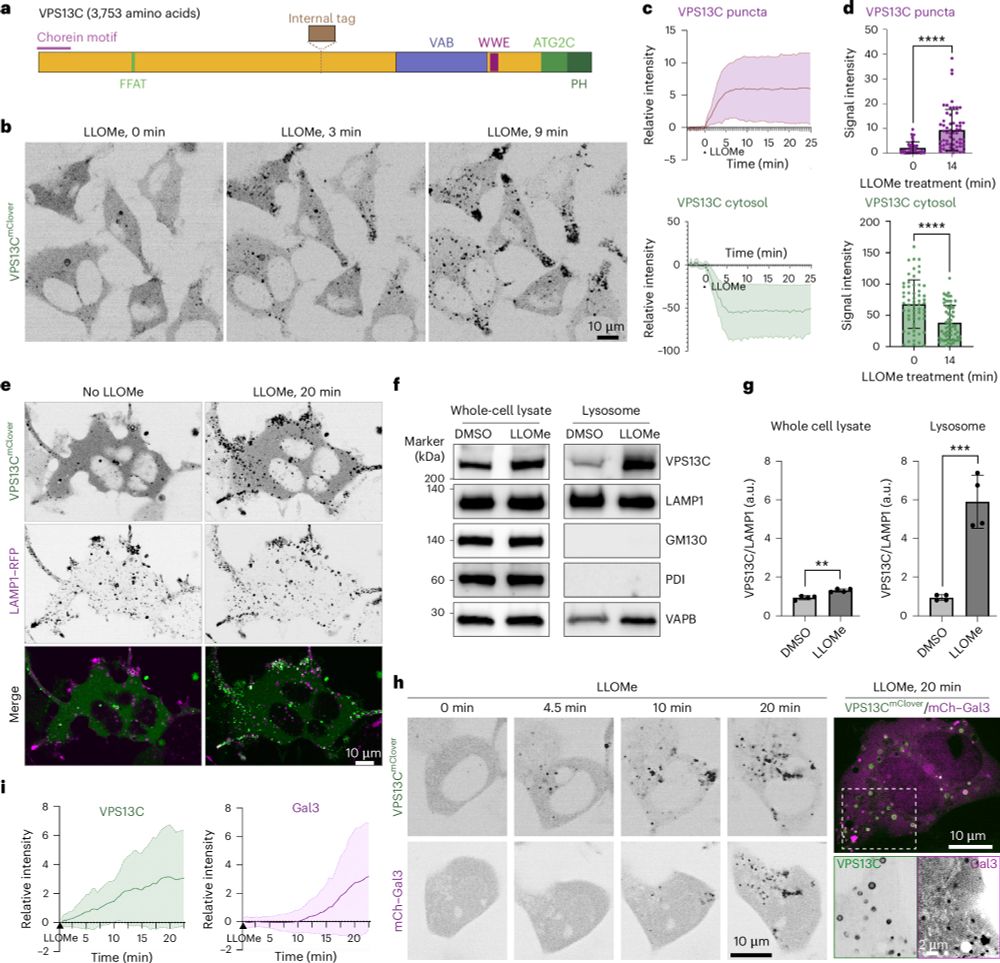
rdcu.be/ehbaL
www.pnas.org/doi/abs/10.1...

www.pnas.org/doi/abs/10.1...
academic.oup.com/nar/article/...

academic.oup.com/nar/article/...
www.biorxiv.org/content/10.1...

www.biorxiv.org/content/10.1...
I am super happy to share this review as my first post on Bluesky. After submitting my PhD thesis at the start of the year, my PI Elke Deuerling suggested to write this review with her, covering many of the findings of my thesis. I am excited to see it published today!

I am super happy to share this review as my first post on Bluesky. After submitting my PhD thesis at the start of the year, my PI Elke Deuerling suggested to write this review with her, covering many of the findings of my thesis. I am excited to see it published today!

